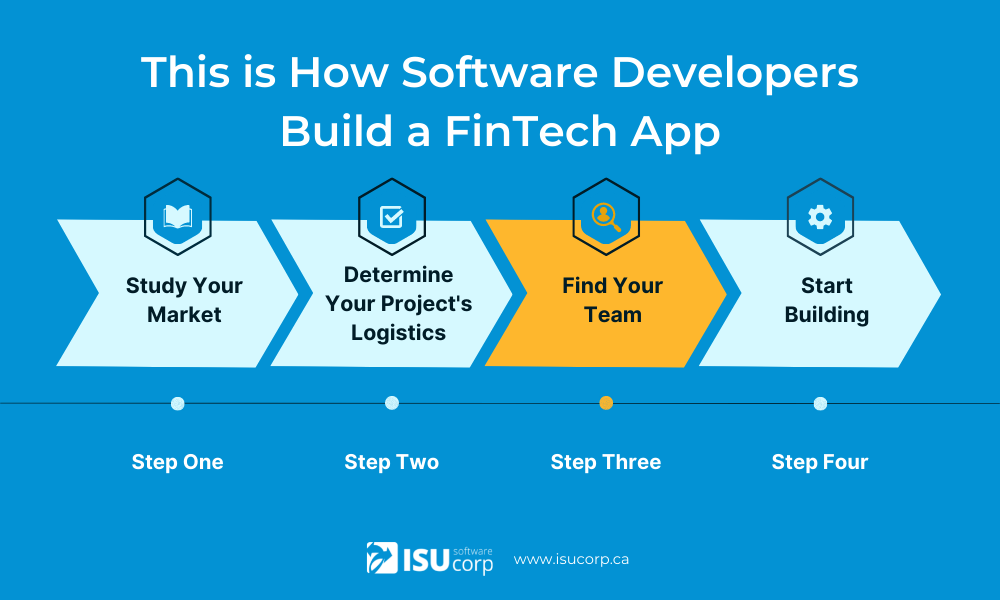Cloud computing is a necessity when it comes to business development for a variety of reasons. Specifically, when we take into account the fluctuating demand for data management during platform growth, we understand that there are many moving pieces during this stage.
Cloud computing adds the much-needed structure to the platform and allows it to perform at a standard that ensures a quality user experience.
However, there need to be parameters put in place that cater to various needs of the platform such as storing data, managing resources, and ensuring that what’s being built is accessible and scalable.
Simply put, whatever vision there is for a platform (website, web app, mobile app, etc), there are options that need to be weighed, especially when it comes to the integration of cloud computing tools.
Cloud tools can make or break the performance and sustainability of your platform. What needs to be taken into account when weighing options for the best tools includes the following:
What specific needs does the platform have? How can certain cloud services assist these needs? Why?
Is the cloud provider reliable? Examine the past experiences of businesses that have used the cloud service.
How much security and protection does the service provider offer?
Is the tool scalable? Flexible? Can changes be made?
What’s the company's budget? Is the tool financially viable?
When a company looks at that list, it may seem obvious that choosing the right cloud service provider is no small task but still they may not be clear on their options. In 2023, cloud computing services are the most advanced they’ve ever been, and innovation is only becoming more rampant.
Company “Needs”
You hear “it depends on the company's needs…” all the time, but what are these needs exactly? Well, in the case of cloud computing, the typical needs being filled are based on daily processes.
For example, a healthcare organization may need cloud computing to manage patient data, store digital health records, or even facilitate secure communication. An e-commerce store may need cloud computing to handle its online transactions, manage inventory, and ensure data security for its customers' personal and financial information.
When it comes to strategizing how a company will structure their platform using cloud services, the two main deployment models are either hybrid cloud or multi-cloud, so with that said, here’s how to find the best option:
Multi-cloud? Hybrid Cloud?
The way a business chooses to structure its cloud systems is completely subjective. When it comes to choosing which tool to use and when to use it, there are a few things that need to be considered:
Multi-cloud: As the name implies, this feature utilizes multiple cloud services from various providers, as opposed to relying on just one provider to tend to all of the platform's needs. When it comes to flexibility and efficiency, multi-cloud is a great choice.
For example, an organization can use Amazon Web Services (AWS) for data storage, Google Cloud Platform (GCP) for machine learning functions and analytics, and also Microsoft Azure for application hosting.
Hybrid Cloud: The “hybrid” refers to balancing private and public cloud systems. The difference between these systems is simply dictated by what the provider of each service offers (each comes with unique benefits).
For public cloud - third-party providers use the internet to provide scalable resources to their users.
For private cloud - the computing infrastructure is owned and operated by the organization itself or by a third-party provider but is used exclusively by that organization.
An example of a hybrid cloud in action could be a business that uses a private cloud to store confidential data, while also using a public cloud service such as GCP or AWS to store non-sensitive data along with applications that need to have flexibility.
What this does is allow the organization to be more in control of their data security measures while at the same time having the privilege of the scalability aspect of a public cloud.
Choosing One
When an organization chooses between these models, there’s one key determining factor behind the decision: the type of data being stored.
Different companies have specific data that needs to be secure and other data that needs to be accessible to users. So if an organization is looking to prioritize security, then a hybrid cloud model will be beneficial to organize as well as categorizing sensitive and non-sensitive data.
On the other hand, if a company wants a platform that’s super flexible and that they plan on growing long-term, then multi-cloud could be a great option to recruit services that can handle a bigger influx of data and add-on features.
What’s Next?
Inevitably, the long-term vision of the brand is a necessity when releasing any sort of digital platform.
What is the goal when it comes to user experience?
That is the key question that needs to be answered before resorting to cloud computing options. What happens once an organization has this answer is weighing the pros and cons of each solution as it will determine the logistics surrounding UI/UX design, the tech stack used, and the overall architecture of the platform.
Written By Ben Brown
—
ISU Corp is an award-winning software development company, with over 17 years of experience in multiple industries, providing cost-effective custom software development, technology management, and IT outsourcing.
Our unique owners’ mindset reduces development costs and fast-tracks timelines. We help craft the specifications of your project based on your company's needs, to produce the best ROI. Find out why startups, all the way to fortune 500 companies like General Electric, Heinz, and many others have trusted us with their projects. Contact us here.

















